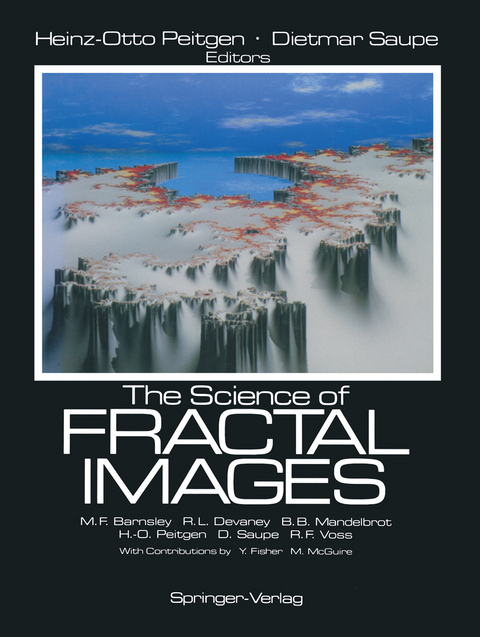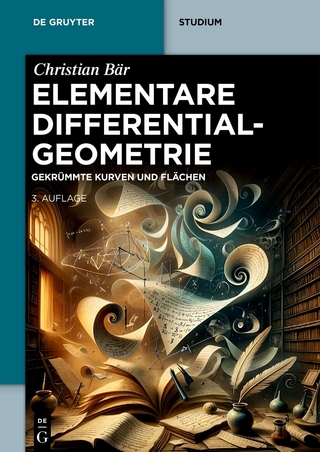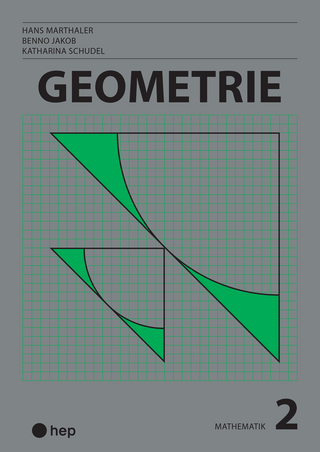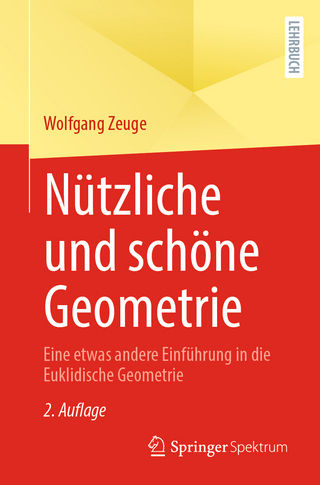
The Science of Fractal Images
Springer-Verlag New York Inc.
978-1-4612-8349-2 (ISBN)
This book is based on notes for the course Fractals:lntroduction, Basics and Perspectives given by MichaelF. Barnsley, RobertL. Devaney, Heinz-Otto Peit gen, Dietmar Saupe and Richard F. Voss. The course was chaired by Heinz-Otto Peitgen and was part of the SIGGRAPH '87 (Anaheim, California) course pro gram. Though the five chapters of this book have emerged from those courses we have tried to make this book a coherent and uniformly styled presentation as much as possible. It is the first book which discusses fractals solely from the point of view of computer graphics. Though fundamental concepts and algo rithms are not introduced and discussed in mathematical rigor we have made a serious attempt to justify and motivate wherever it appeared to be desirable. Ba sic algorithms are typically presented in pseudo-code or a description so close to code that a reader who is familiar with elementary computer graphics should find no problem to get started. Mandelbrot's fractal geometry provides both a description and a mathemat ical model for many of the seemingly complex forms and patterns in nature and the sciences. Fractals have blossomed enormously in the past few years and have helped reconnect pure mathematics research with both natural sciences and computing. Computer graphics has played an essential role both in its de velopment and rapidly growing popularity. Conversely, fractal geometry now plays an important role in the rendering, modelling and animation of natural phenomena and fantastic shapes in computer graphics.
1 Fractals in nature: From characterization to simulation.- 1.1 Visual introduction to fractals: Coastlines, mountains and clouds.- 1.2 Fractals in nature: A brief survey from aggregation to music.- 1.3 Mathematical models: Fractional Brownian motion.- 1.4 Algorithms: Approximating fBm on a finite grid.- 1.5 Laputa: A concluding tale.- 1.6 Mathematical details and formalism.- 2 Algorithms for random fractals.- 2.1 Introduction.- 2.2 First case study: One-dimensional Brownian motion.- 2.3 Fractional Brownian motion : Approximation by spatial methods.- 2.4 Fractional Brownian motion : Approximation by spectral synthesis.- 2.5 Extensions to higher dimensions.- 2.6 Generalized stochastic subdivision and spectral synthesis of ocean waves.- 2.7 Computer graphics for smooth and fractal surfaces.- Color plates and captions.- 2.8 Random variables and random functions.- 3 Fractal patterns arising in chaotic dynamical systems.- 3.1 Introduction.- 3.2 Chaotic dynamical systems.- 3.3 Complex dynamical systems.- 4 Fantastic deterministic fractals.- 4.1 Introduction.- 4.2 The quadratic family.- 4.3 Generalizations and extensions.- 5 Fractal modelling of real world images.- 5.1 Introduction.- 5.2 Background references and introductory comments.- 5.3 Intuitive introduction to IFS: Chaos and measures.- 5.4 The computation of images from IFS codes.- 5.5 Determination of IFS codes: The Collage Theorem.- 5.6 Demonstrations.- A Fractal landscapes without creases and with rivers.- A.1 Non-Gaussian and non-random variants of midpoint displacement.- A.1.1 Midpoint displacement constructions for the paraboloids.- A.1.2 Midpoint displacement and systematic fractals: The Takagi fractal curve, its kin, and the related surfaces.- A.1.3 Random midpoint displacements with a sharply non-Gaussian displacements’ distribution.- A.2 Random landscapes without creases.- A.2.1 A classification of subdivision schemes: One may displace the midpoints of either frame wires or of tiles.- A.2.2 Context independence and the “creased” texture.- A.2.3 A new algorithm using triangular tile midpoint displacement.- A.2.4 A new algorithm using hexagonal tile midpoint displacement.- A.3 Random landscape built on prescribed river networks.- A.3.1 Building on a non-random map made of straight rivers and watersheds, with square drainage basins.- A.3.2 Building on the non-random map shown on the top of Plate 73 of “The Fractal Geometry of Nature”.- B An eye for fractals.- Dietmar Saupe.- C A unified approach to fractal curves and plants.- C.1 String rewriting systems.- C.2 The von Koch snowflake curve revisited.- C.3 Formal definitions and implementation.- D Exploring the Mandelbrot set.- B An eye for fractals.- Yuval Fisher.- D.1 Bounding the distance to M.- D.2 Finding disks in the interior of M.- D.3 Connected Julia sets.
| Co-Autor | Yuval Fisher, Michael McGuire, Heinz-Otto Peitgen |
|---|---|
| Zusatzinfo | XIV, 312 p. |
| Verlagsort | New York, NY |
| Sprache | englisch |
| Maße | 210 x 280 mm |
| Themenwelt | Mathematik / Informatik ► Mathematik ► Geometrie / Topologie |
| ISBN-10 | 1-4612-8349-3 / 1461283493 |
| ISBN-13 | 978-1-4612-8349-2 / 9781461283492 |
| Zustand | Neuware |
| Informationen gemäß Produktsicherheitsverordnung (GPSR) | |
| Haben Sie eine Frage zum Produkt? |
aus dem Bereich


